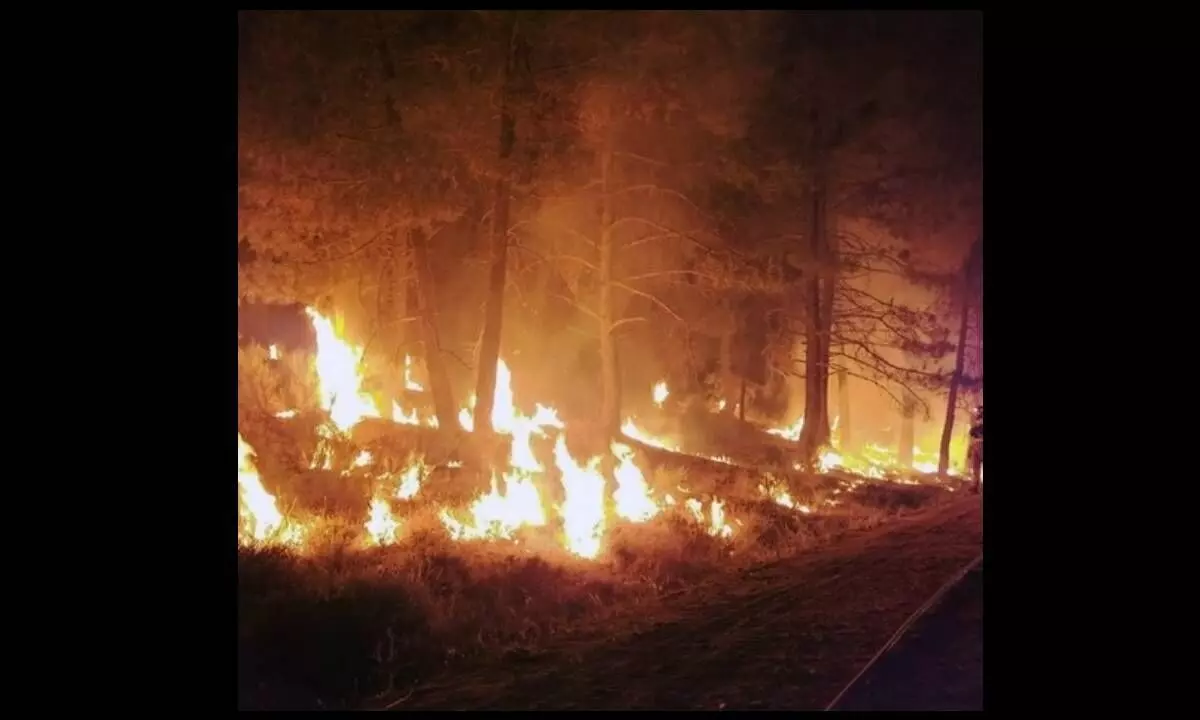Over 2 bn people exposed to at least one day of wildfire smoke: Study
More than 2 billion people are exposed to at least one day of potentially health-impacting environmental hazard annually -- a figure that has increased by 6.8 per cent in the last 10 years, according to alarming results from the study of two decades of global smoke pollution.
image for illustrative purpose

Sydney, Sep 21 More than 2 billion people are exposed to at least one day of potentially health-impacting environmental hazard annually -- a figure that has increased by 6.8 per cent in the last 10 years, according to alarming results from the study of two decades of global smoke pollution.
The study, published in the journal Nature, highlights the severity and scale of the landscape fire-sourced air pollution, its increased impact on the world's population and associated rise in public health risk.
Exposure to fire-sourced air pollution has many adverse health impacts, including increased mortality and morbidity and a global worsening of cardiorespiratory conditions and mental health.
The study, led by scientists from Monash University in Australia, estimated the global daily air pollution from all fires from 2000 to 2019.
The researchers found that 2.18 billion people were exposed to at least one day of substantial landscape fire air pollution in each year, with each person in the world having on average 9.9 days of exposure per year, an increase of 2.1 per cent in the last decade.
The study also found that exposure levels in low-income countries were about four-fold higher than in high income countries.
The exposure levels of PM2.5 were particularly high in Central Africa, Southeast Asia, South America and Siberia.
"The exposure to air pollution caused by landscape fire smoke travelling hundreds and sometimes even thousands of kilometres can affect much larger populations, and cause much larger public health risks," said Professor Yuming Guo from Monash's School of Population Health and Preventive Medicine.
"Mapping and tracking the population exposure to landscape fire-sourced air pollution are essential for monitoring and managing its health impacts, implementing targeted prevention and interventions, and strengthening arguments for mitigation of climate change," he added.
The comprehensive assessment of the global population exposures to fire-sourced PM2.5 and ozone during 2000-2019 was calculated using a machine learning approach with inputs from chemical transport models, ground-based monitoring stations, and gridded weather data.

